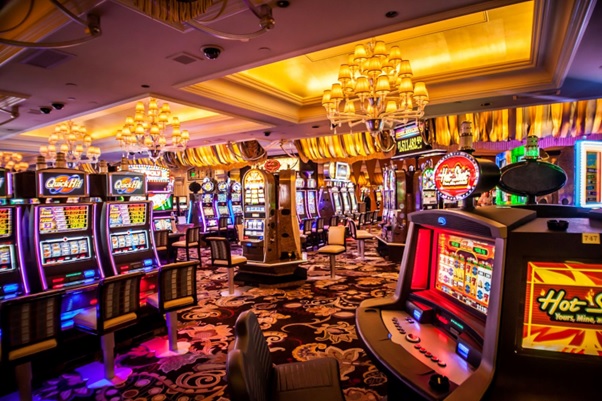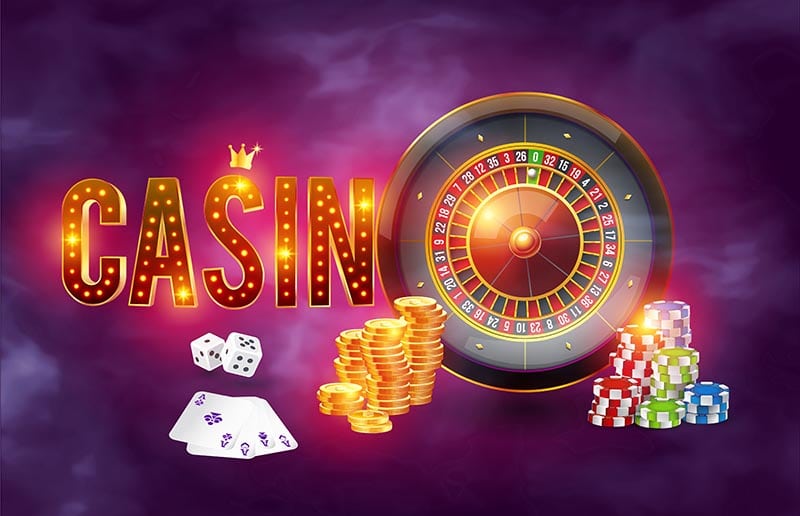
Table of Contents
- The Subtle Magic of Sound and Chance
- Building a Mood, Not Noise
- Crafting a Sensory Circle Around the Player
- The Unnoticed Psychology Behind Every Click
- Adapting to Online Platforms
- When Colors Act Like Sounds
- Technology’s Influence on Modern Slot Audio
- Players and Their Emotional Feedback
- Conclusion
The Subtle Magic of Sound and Chance
Walk into any casino, physical or digital, and you’ll notice something curious. The rhythm of sound doesn’t just fill the space—it shapes it. Every spin, every click, every short burst of melody that signals a win seems to guide the flow of excitement. Sound design, in this context, acts as an invisible dealer. It’s not merely background music; it’s the architect of suspense. You feel drawn, somehow, even if you’re aware of it. The best audio cues can make a player linger just a moment longer before the next spin. Try it next time when you enjoy roulette or explore your favorite slots—you might notice how the tempo and tone subtly sway your attention.
Whether in a grand hall in Las Vegas or a neatly designed mobile casino interface, sound creates narrative continuity. Without it, each action feels disjointed, mechanical, almost hollow. The delicate harmony of rings, clicks, and thematic music makes even a losing spin feel like part of a larger adventure.
Building a Mood, Not Noise
To understand how sound design elevates a slot’s impact, consider how each effect connects emotionally to a player’s experience. The goal isn’t volume or flash—it’s connection. Most developers craft each sound to echo the slot’s personality: ancient treasures hum with mysterious chimes, sci-fi reels spark with synthetic tones, and classic fruit machines ring with nostalgic mechanical tinkles.
A soft, climbing chord right before the reels stop doesn’t just mark time—it stretches anticipation, raising heart rates almost imperceptibly. That’s the sweet spot where design meets psychology.

Crafting a Sensory Circle Around the Player
Sound design teams often describe their work as “emotion mapping.” They are not simply recording effects; they are sketching sonic boundaries around excitement and comfort. Picture the moments between spins—when silence feels awkward—these tiny pauses are padded with shifting tones or ambiences. It’s not silence, but rather a breathable atmosphere.
- Soft transitions mimic human rhythm, giving each action a satisfying sense of completion.
- Looped ambiences, often at frequencies that relax, make players less aware of time passing.
- Even loss sounds are tuned gently to avoid abrupt emotional drops.
What emerges is a kind of invisible choreography: sight leads motion, motion triggers sound, and sound refuels sight. Together, they build an event every time the reels start spinning.
The Unnoticed Psychology Behind Every Click
It’s tempting to assume that sound only serves to entertain, but the truth feels deeper. Our brains tie sounds and emotions faster than they process visuals. That’s why developers experiment carefully with tone and rhythm. A rapid series of bright chimes makes small wins feel frequent. A resonant, delayed chime tells the subconscious: something special happened.
Casinos have long known that silence equals disengagement. A room full of muted machines feels tired, while one alive with cascading notes hums with curiosity and hope.
Adapting to Online Platforms
Online casinos face the challenge of distance—no shared excitement, no background murmur of a crowd. So sound designers extend this sense of communal energy using isolated moments of intensity. A virtual slot that hums faintly during idle times or echoes a celebratory jingle when bonuses unlock gives players a sense of belonging to something more than code.
The balance becomes delicate. Too much energy and the sound grows tiresome; too little and the experience feels sterile. Developers often refresh libraries of sounds to ensure returning users never feel mechanical fatigue. It’s almost subconscious—one day you notice that familiar slot feels somehow “new,” and that refresh often begins with sound.
When Colors Act Like Sounds
Visual design and sound interlace tightly. For instance, warmer tones tend to pair with richer, lower-pitched notes, while cooler ones go with crisp, sharp tones. The designers of online casinos understand that sensory harmony can subtly drive trust and attention. A mismatched sound and color palette can easily cause unease—and that’s a mistake few gambler-oriented brands can afford.
- Gold themes often carry mellow ringing tones, evoking ideas of coins and celebration.
- Futuristic designs use reverberant pulses and soft glitches to emphasize progress and innovation.
Technology’s Influence on Modern Slot Audio
Advanced software now reacts dynamically to gameplay. Rather than looping the same tracks endlessly, modern slots build audio in layers. The same spin can sound different depending on how long you’ve been playing, whether you’ve won recently, or which bonus phase just ended. It’s a personal concert for one, adapting second by second.
Spatial audio has also entered the scene. Some online casinos integrate 3D sound cues, deepening immersion. The subtle whisper of spinning reels or the distant echo of a jackpot splash can seem to float around the player. It’s not just glamorous tech—it brings back that physical feeling of sitting amid other machines, the one digital platforms used to lack.

Players and Their Emotional Feedback
Players may not analyze the mechanics of sound consciously, but they certainly respond. Feedback loops arise—players report feeling “luckier” on slots that sound “happier.” There’s no hard proof connecting melody to outcome, yet perception strongly sways engagement. Developers listen carefully to player forums and reviews, trimming effects that distract and refining those that draw smiles.
INFOBOX: Studies on gaming psychology often identify sound as one of the top three elements influencing continued playtime. Not the visuals, not the odds—but the audible world wrapped around them. It acts as a soft emotional anchor, encouraging rhythm, patience, and even optimism.
Conclusion
Perhaps it’s best to think of casino soundscapes as storytellers hidden inside machines. Each slot whispers its own narrative through rising tones and gentle drops, rewarding not just with prizes but with atmosphere. As digital platforms grow and players shift toward mobile and online experiences, sound remains that familiar pulse, tethering technology to emotion. Without it, the bright visuals and math-driven gameplay would lose something essential—the heartbeat that turns mechanical spins into memorable moments. So next time a familiar chime celebrates a bonus or a near miss hangs in musical suspense, consider that maybe, just maybe, sound design made it feel like more than luck—it made it feel like an event.











